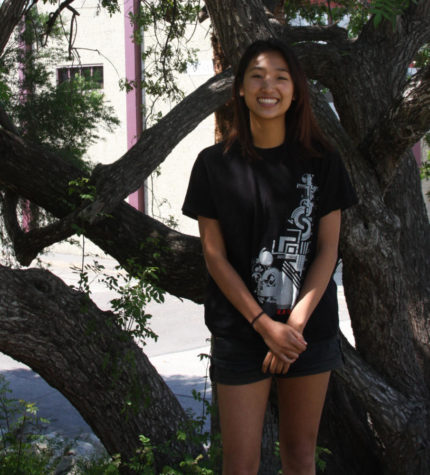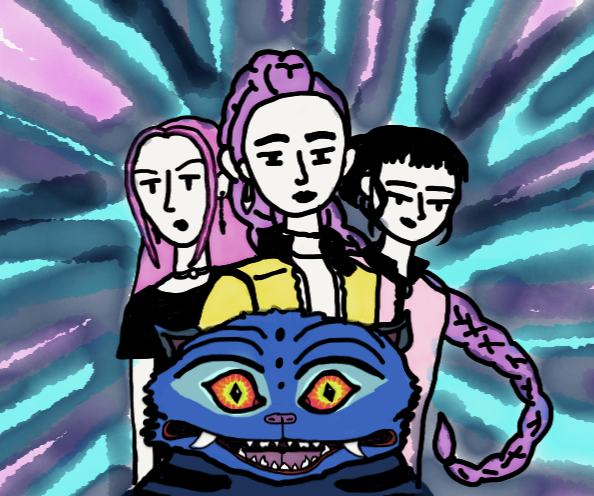Disney’s Dilemma With Day of the Dead in Pixar’s New Movie ‘Coco’
Pixar Animation Studios has created many of the greatest animated films of all time, from “Toy Story” to “Finding Nemo” to “The Incredibles.” Pixar’s bold reputation still shines today, releasing one to two films per year, hoping to create another classic for people to adore and praise for generations. However, the lack of diversity of Pixar’s protagonists has been criticized by some in recent years. Prior to 2012’s “Brave,” the first Pixar movie to have a female protagonist, all of Pixar’s protagonists were male. Hollywood has become more diverse and transformative since “Toy Story” was released back in 1995, so Pixar had to adapt to the public’s evolving expectations.
Similar to how their counterpart Walt Disney Animation Studios represented Polynesian culture in “Moana” last year, Pixar brings a population that is considered to be a minority in film this year in “Coco.” “Coco” follows a 12-year-old Mexican boy named Miguel who aspires to be a famous musician like his idol Ernesto de la Cruz, despite his family’s ban on music. After strolling into the Land of the Dead, Miguel tries to solve the mystery surrounding his family’s distaste for music while trying to stay alive before prematurely becoming a permanent resident of the afterlife.
While the film will not be released until the week of Thanksgiving, it is already being acclaimed by numerous media outlets as being a faithful and accurate representation of Mexican culture, specifically the annual Day of the Dead holiday that takes place at the beginning of November. During the film’s early development, however, both the Walt Disney Company and Pixar Animation Studios faced severe criticism from the Mexican and Hispanic demographics and populations.
Once “Coco” was greenlit in 2013, the Walt Disney Company wanted to trademark “Día de los Muertos,” hoping that it would increase and broaden merchandising and marketing opportunities. Inevitably and unsurprisingly, this announcement was met with an overwhelmingly scathing response, especially by members of the Mexican-American community in the United States. Rather than walking around with picketing signs in front of the Disney studios, people voiced their opinions on the matter in much more artistic ways. Lalo Alcaraz, a cartoonist from San Diego with both American and Mexican ancestry, drew a fake film poster titled “Muerto Mouse.” The poster depicted a skeletal Godzilla-like drawing of Mickey Mouse destroying buildings and cars, accompanied by a tagline that said, “It’s coming to trademark your cultura!”
Eventually, the wishes of the Mexican-American community were granted, and Disney revoked their attempt to trademark the name of the holiday, releasing an official statement stating that the “trademark filing was intended to protect any title for our film and related activities. It has since been determined that the title of the film will change, and therefore we are withdrawing our trademark filing.”
It is exceptional that Disney and Pixar have come together to present Mexican culture and the Day of the Dead holiday to American audiences of all races and ethnicities, but of course, there are lines that are not meant to be crossed when it comes to issues like this. Nevertheless, “Coco” is sure to be a Pixar title that will be long remembered for its attention and respect of the fascinating and unique culture and customs of Mexico.
Hello there! Our goal is to provide relavent, engaging journalism for readers of all ages. Your donation will support the student journalists of the Wolfpacket at Claremont High School, and will allow us to purchase equipment, print our monthly issues, and enter in journalism competitions. We appreciate your consideration!

Sarah Lee is a senior at CHS; she has been a member of Wolfpacket since freshman year. Lee is the Arts & Entertainment Editor. Lee is a dedicated student...










